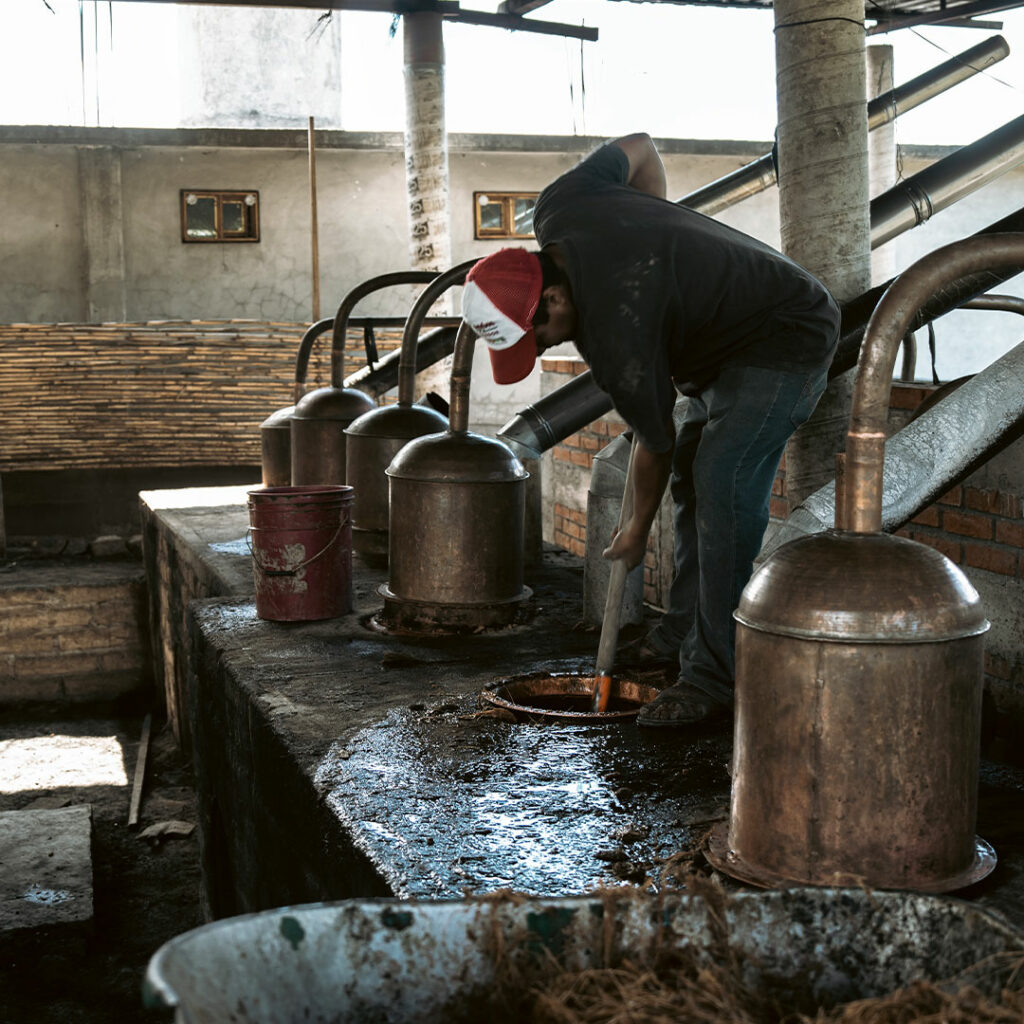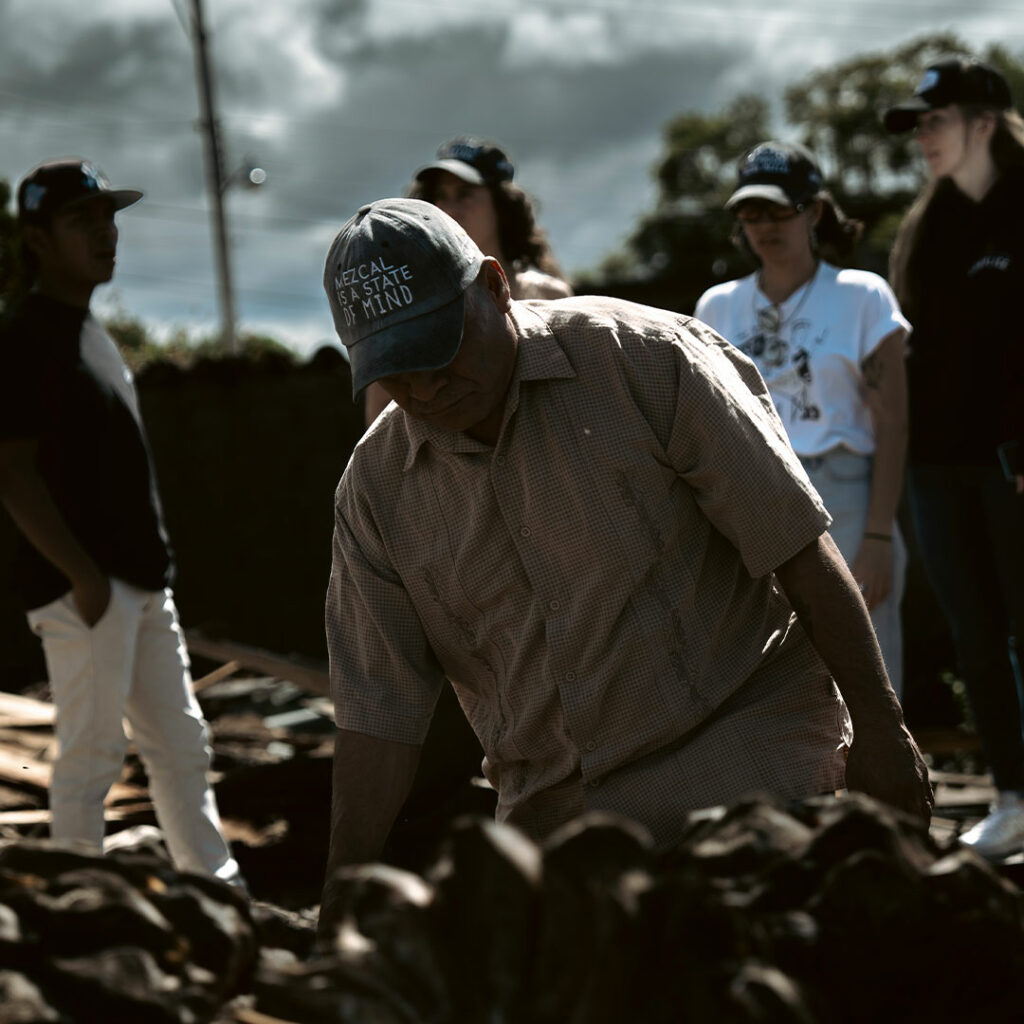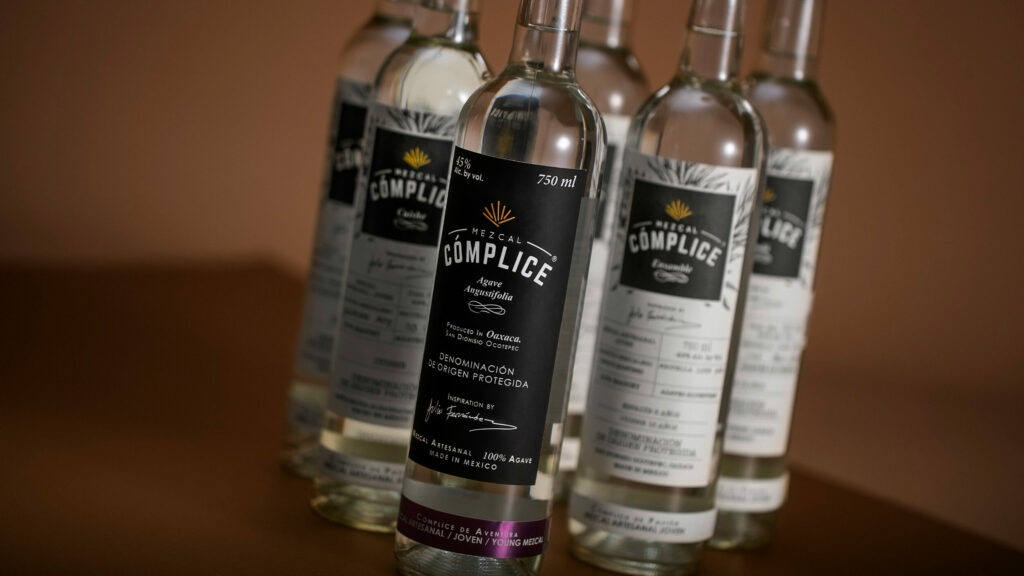Understanding how mezcal is categorized helps enthusiasts appreciate its depth and complexity. Mezcal is classified based on three main criteria: the type of agave used, the aging process, and the elaboration method.

Read more: Drinking Mezcal: How to Avoid a Hangover?
Classification by Agave Type
The first way to classify mezcal is by the species of agave used in its production. Different types of agave contribute unique flavors and characteristics.
1. Espadín (Agave Angustifolia)
- The most commonly used agave (over 90% of mezcal production).
- Offers a balanced, slightly smoky, and fruity taste.
- Grown mainly in Oaxaca but found in other mezcal-producing states.
2. Tobalá (Agave Potatorum)
- A small, wild agave that takes 12+ years to mature.
- Produces mezcal with floral and tropical fruit notes.
- More expensive due to its scarcity and difficulty in harvesting.
3. Cuishe (Agave Karwinskii)
- Grows tall and slender with a dense core.
- Gives mezcal earthy, herbal, and mineral flavors.
- Requires traditional and careful processing for extraction.
4. Tepeztate (Agave Marmorata)
- Wild agave taking up to 25 years to mature.
- Produces highly complex mezcals with strong floral and citrus flavors.
5. Other Wild & Cultivated Agaves
- There are many other agave varieties, including Cimarrón, Arroqueño, Jabalí, and more.
- Each has distinct characteristics based on region, climate, and processing.

Classification by Elaboration Process
The way mezcal is produced also plays a crucial role in its classification. It can be categorized as industrial, artisanal, or ancestral.
1. Industrial Mezcal
- Cooking: Maguey heads or juices are cooked in an autoclave, shaft furnace, or masonry oven.
- Milling: Machines such as Chilean or Egyptian mills are used.
- Fermentation: Takes place in stainless steel tanks or masonry pools.
- Distillation: Uses copper or stainless-steel alembics or continuous distillation columns.
- Labeling: Simply labeled as “Mezcal,” often for mass-market production.
2. Artisanal Mezcal
- Cooking: Maguey is roasted in underground pits or raised masonry ovens.
- Milling: Done with a mallet, tahona, or trapiche.
- Fermentation: Uses stone pits, wooden barrels, or clay containers.
- Distillation: Takes place in copper alembics or clay pots.
- Characteristics: Maintains traditional techniques with a focus on craftsmanship.
3. Ancestral Mezcal
- Cooking: Traditional underground pit roasting.
- Milling: Crushed manually with wooden mallets or tahona stone.
- Fermentation: Occurs in natural materials like stone pits or wooden barrels, including agave fibers.
- Distillation: Uses direct fire in clay pots with wood or clay condensers.
- Authenticity: The purest form of mezcal production, preserving centuries-old traditions.
Why Mezcal Classification Matters
Understanding these classifications helps consumers choose mezcal that aligns with their taste preferences. Whether you prefer the boldness of a joven mezcal, the complexity of an añejo, or the craftsmanship of an ancestral mezcal, knowing these distinctions enhances your drinking experience.
Mezcal Cómplice: A Premium Choice
Mezcal Cómplice offers high-quality, artisanal mezcal made from 100% espadín maguey grown in San Dionisio Ocotepec, Oaxaca. Our mezcal is crafted using traditional methods:
- Cooked in conical stone ovens.
- Ground using a Chilean mill.
- Double-distilled in copper and stainless-steel stills.
Explore Our Unique Spirits, get your Cómplice here:
- Cómplice de Aventura: A bold and smoky spirit for thrill-seekers.
- Cómplice de Amor: Smooth and romantic, perfect for special moments.
- Cómplice de Éxito: Balanced and refined for celebrations.
- Cómplice de Vida: A versatile mezcal for all occasions.
- Cómplice de Pasión:
Read more: Mezcal Classification: Agave, Aging, or Elaboration Process
